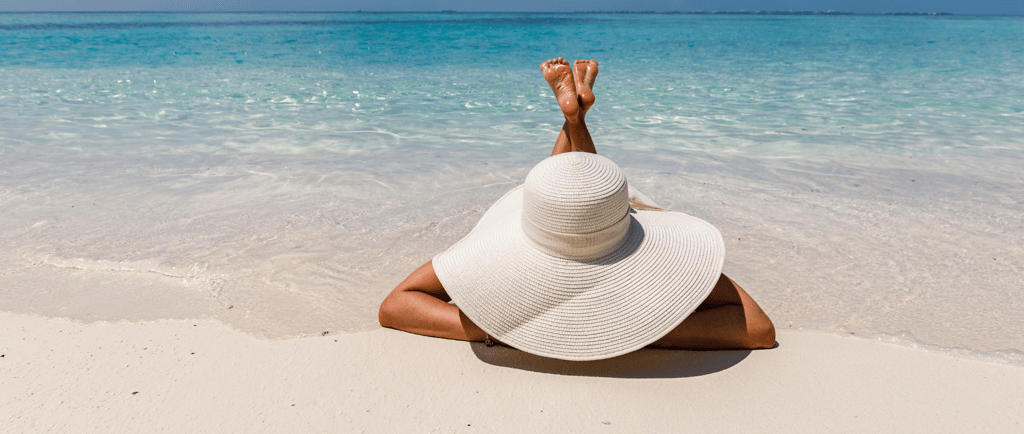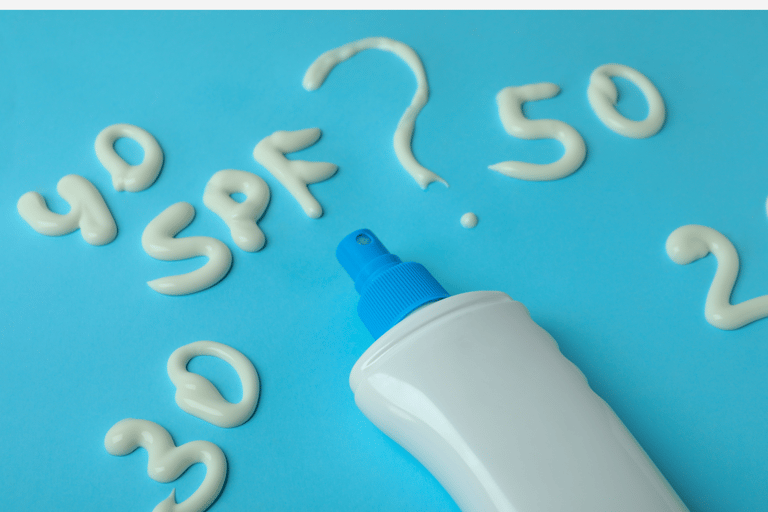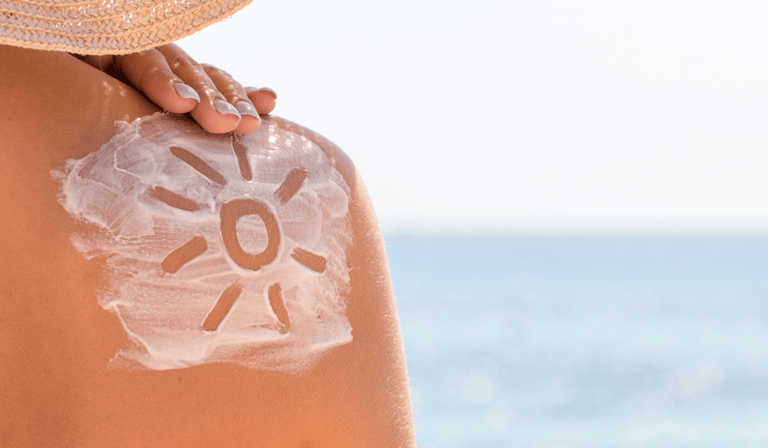Choosing the Right Summer Sunscreen
Essential Skincare for Women Over 50
SKINCARE
7/10/20244 min read


Understanding SPF:
What It Means and Why It Matters
The Sun Protection Factor, commonly referred to as SPF, is a critical element in skincare, especially for women over 50. SPF measures the level of protection a sunscreen offers against UVB rays, which are primarily responsible for sunburn and can contribute to skin cancer. The SPF number indicates how long it would take for the sun's UVB rays to redden the skin when using the product as directed, compared to the time without any sunscreen. For instance, an SPF 30 sunscreen theoretically allows you to stay in the sun 30 times longer without getting sunburned than if you were unprotected.
Choosing the right SPF can be nuanced. For daily use, an SPF 30 sunscreen is typically recommended as it blocks about 97% of UVB rays, according to the American Academy of Dermatology. Higher SPF numbers, like SPF 50, offer slightly more protection, blocking about 98% of UVB rays. However, it’s essential to understand that no sunscreen can block 100% of UVB rays, and the difference in protection between SPF 30 and SPF 50 is marginal. Thus, higher SPF numbers should not give a false sense of complete security.
For women over 50, the importance of daily sunscreen use cannot be overstated. As the skin ages, it becomes more vulnerable to sun damage, which can accelerate signs of aging such as wrinkles, fine lines, and age spots. More importantly, consistent use of sunscreen significantly reduces the risk of skin cancer. Common misconceptions include the belief that higher SPF numbers offer exponentially more protection or that sunscreen is unnecessary on cloudy days. In reality, UV rays can penetrate clouds, and higher SPF numbers provide only slightly more protection.
In sum, understanding SPF and its role in skincare is vital for maintaining healthy skin and preventing sun-related issues. Women over 50 should incorporate a broad-spectrum sunscreen with at least SPF 30 into their daily skincare routines to protect against the harmful effects of UV rays and ensure their skin remains healthy and youthful.
Comparing Sunscreens:


From SPF 30 to SPF 90
When selecting the appropriate sunscreen, especially for women over 50, understanding the differences between SPF levels is crucial. SPF, or Sun Protection Factor, measures the level of protection a sunscreen offers against UVB rays, which are primarily responsible for sunburn and can contribute to skin cancer. Here's a comparative analysis of sunscreens ranging from SPF 30 to SPF 90, emphasizing the benefits and ideal scenarios for their use.
SPF 30: Offering about 97% protection against UVB rays, SPF 30 is suitable for everyday use, especially when not exposed to extensive sunlight. The Sun Bum Pack is an excellent option for those looking for a lightweight, non-greasy formula that also provides hydration, making it ideal for daily activities.
Check out more SPF 30 Sunscreen ->
SPF 40: SPF 40 sunscreens provide slightly more protection at around 97.5%. The Aveeno Skin SPF 40+ combines sun protection with soothing oat and antioxidant-rich ingredients, perfect for sensitive skin and daily wear.
SPF 50: With about 98% UVB protection, SPF 50 is highly recommended for prolonged outdoor activities. The Bondi Sands SPF 50 offers a fast-absorbing, water-resistant formula, while the Rice Probiotics SPF 50 enhances skin's natural barrier with the added benefit of probiotics. Cerave SPF 50 is another excellent choice, enriched with ceramides to restore and maintain the skin’s natural barrier.
Check out more SPF 40-50 Sunscreen ->
SPF 60: Providing up to 98.3% protection, SPF 60 is ideal for those with fair skin or during peak sun exposure hours. Neutrogena SPF 60 is known for its lightweight, non-comedogenic formula, making it suitable for all skin types, including oily and acne-prone skin.
SPF 70: Offering around 98.6% protection, SPF 70 is designed for extreme sun exposure. Neutrogena SPF 70 is water-resistant and includes Helioplex technology, providing broad-spectrum protection and maintaining its effectiveness even during water activities.
SPF 90: The highest level of protection, SPF 90, blocks approximately 99% of UVB rays. This level is particularly beneficial for individuals with very fair skin or those engaging in high-altitude or equatorial activities. Sunscreen SPF 90 ensures maximum coverage but may have a thicker consistency, which requires thorough application.
Check out more SPF 70+ Sunscreen ->
Choosing the right sunscreen not only depends on SPF levels but also on additional skincare benefits, textures, and suitability for different skin types. Each product mentioned here offers unique attributes that cater to varying needs, ensuring comprehensive protection for women over 50 during the summer months.
Using Sunscreen Effectively:
Tips for Maximum Protection
Effective sunscreen use is paramount for optimal skin protection, especially for women over 50. Ensuring maximum protection involves several key practices. Firstly, applying the correct amount of sunscreen is crucial. Dermatologists recommend using approximately one ounce, or a shot glass full, to cover the entire body. This ensures that all exposed skin receives adequate coverage.
Another critical aspect is covering often-missed areas. The neck, ears, and back of the hands are frequently neglected but are just as susceptible to sun damage. Ensure these areas receive a generous application of sunscreen.
Choosing the right sunscreen tailored to your activities and exposure conditions is also vital. For daily wear, a broad-spectrum sunscreen with an SPF of at least 30 is recommended. For prolonged outdoor activities, such as hiking or beach outings, a higher SPF and water-resistant formula can offer better protection.
In addition to sunscreen, incorporating other protective measures can enhance your skin's defense against harmful UV rays. Wearing wide-brimmed hats, UV-blocking sunglasses, and protective clothing can significantly reduce sun exposure. Clothing with a UPF rating can provide an added layer of defense, making it a wise investment for those who spend considerable time outdoors.
Always remember Gal, enjoy Life, with a Wrinkle and a Smile!


Reapplication is equally important. Sunscreen should be reapplied every two hours, or more frequently if you are swimming or sweating. Water-resistant sunscreen can provide some protection, but it’s essential to reapply promptly after towel-drying to maintain effectiveness.
Enjoy Life
with a Wrinkle and a Smile
Affiliate Disclaimer: This website contains affiliate links. If you click on these links and make a purchase, we may earn a small commission at no additional cost to you. Your support helps us continue to provide valuable content. Thank you!
Hacks
JOIN THE FUN
galsover50blog
galsover50blog
© 2024. All rights reserved.
Join the fun!
Subscribe and get all the juicy secrets, life hacks, and sprinkle of humor delivered to your inbox.
